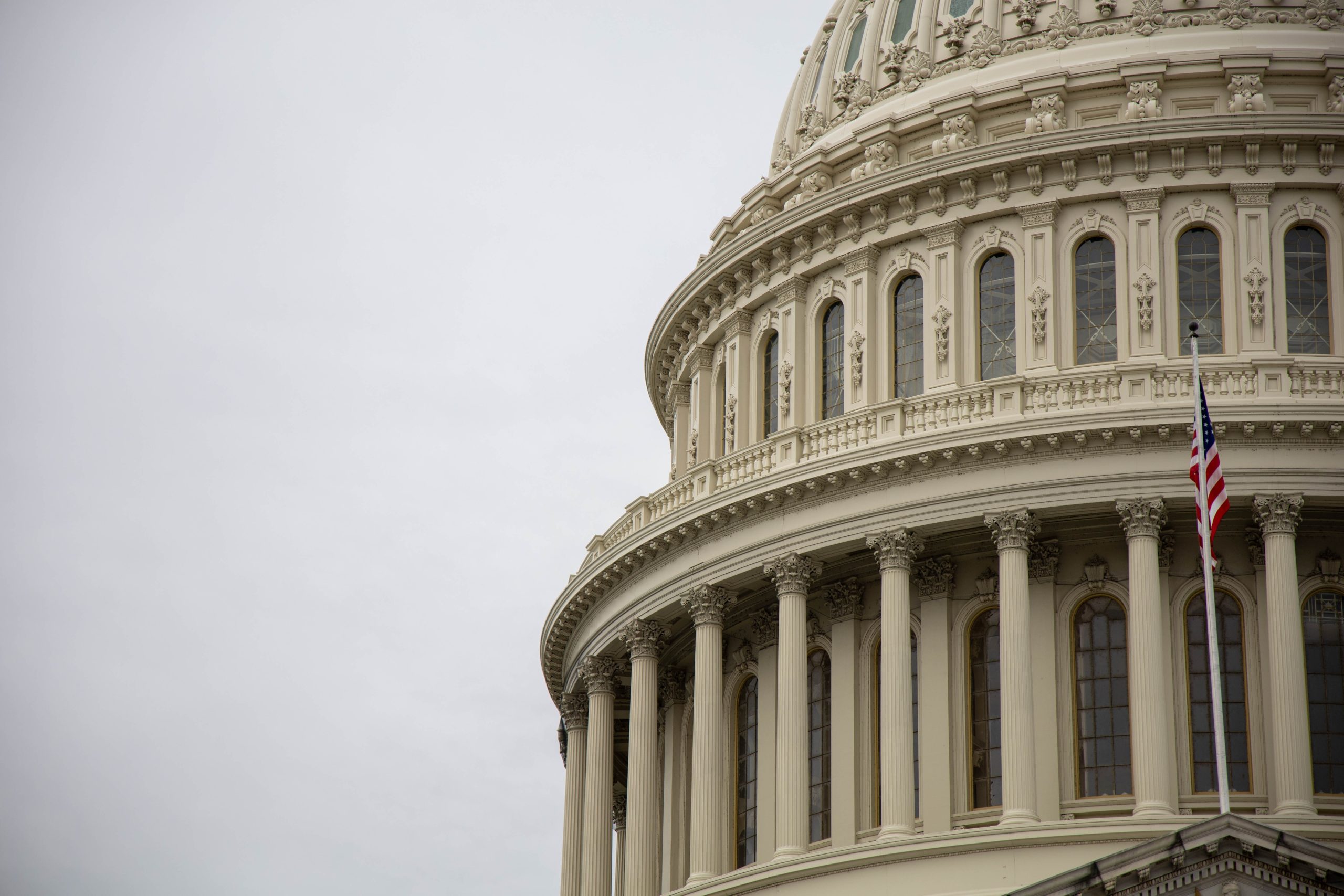The justice system is one of the pillars that uphold society’s order and fairness. It is a complex network of laws, procedures, and institutions designed to ensure that everyone receives equal treatment under the law. However, throughout history, this system has faced numerous challenges that have threatened its legitimacy and effectiveness. From discrimination to corruption, the justice system in the United States has struggled to provide true justice for all. In this blog post, we’ll take a closer look at the history of the justice system in America, explore its different types and evaluate their pros and cons as well as discuss possible solutions for reforming it. So let’s dive into what could be done to make our justice system more just!
The History of the Justice System in the United States
The history of the justice system in the United States dates back to colonial times when each colony had its own legal system. The English common law served as a basis for many of these systems, which were further developed after independence.
The Constitution established the framework for a federal court system that shared power with state courts. The Judiciary Act of 1789 created a Supreme Court and lower federal courts. However, it was not until the mid-19th century that Congress passed laws defining federal crimes.
The 20th century saw significant changes in the justice system, including reforms such as Miranda warnings and plea bargaining. The Civil Rights Movement also highlighted issues related to racial discrimination within the criminal justice system.
Today, there is ongoing debate over how best to reform aspects of the justice system such as sentencing guidelines and police practices. Despite some progress over time, ensuring equal access to justice remains an ongoing challenge in America’s complex legal landscape.
The Different Types of Justice Systems
The justice system is not a one-size-fits-all solution, and there are different types of systems used across the world. One type is the adversarial system, which pits two opposing sides against each other in front of a neutral judge or jury. This system often leads to lengthy trials that can be costly for both parties.
Another type of justice system is the inquisitorial system, commonly used in civil law countries like France and Germany. In this system, the judge plays an active role in investigating evidence rather than being passive.
There’s also restorative justice where victims and offenders work together towards reconciliation rather than punishment. This approach emphasizes healing over retribution.
Additionally, some jurisdictions integrate aspects of indigenous practices into their justice systems as they focus on community-based solutions instead of individual punishments.
Ultimately, every justice system has its strengths and weaknesses depending on cultural differences and societal needs. It’s essential to continually assess how well these different models work while keeping up with evolving times to ensure fairness for all involved parties.
The Pros and Cons of the Justice System
The justice system is an essential part of any democratic society. It serves to maintain law and order, protect the rights of citizens, and ensure that wrongdoers are held accountable for their actions. However, like any other human-made institution, it has its pros and cons.
One of the most significant advantages of the justice system is that it provides a platform for individuals to seek redress when they’ve been wronged. Through legal processes such as trials and hearings, people can present evidence in support of their claims and receive compensation or punishment accordingly.
On the flip side, one major disadvantage of the justice system is how expensive it can be. Legal fees can be exorbitant, often leaving those who cannot afford them without adequate representation in court. This inequality can lead to unjust outcomes where wealthier individuals escape punishment while poorer ones suffer harsh consequences.
Another downside is that sometimes innocent people are wrongly convicted due to errors made by law enforcement officials or court personnel. These mistakes happen more often than we’d like to admit and have led to many wrongful convictions over time.
Some argue that certain aspects of the current justice system perpetuate systemic racism or classism – particularly in regards to policing practices or sentencing guidelines.
A fair trial may not always translate into equal treatment under the law for all races.
Overall,the Justice System remains indispensable despite its drawbacks which must be addressed through reforms aimed at making it more equitable,sustainable,and efficient
Possible Solutions to Reforming the Justice System
One possible solution to reforming the justice system is to increase funding for public defenders. Many individuals are unable to afford legal representation, which can result in disproportionate sentencing and a higher likelihood of wrongful convictions. By providing more resources for public defenders, individuals who cannot afford an attorney will have access to competent legal representation.
Another proposed solution is to address issues related to mandatory minimum sentences. Mandatory minimums take away judges’ discretion in sentencing, often leading to lengthy prison terms that do not fit the crime committed. Reforming these laws could result in fairer sentencing practices.
Additionally, there has been discussion about addressing systemic racism within the justice system by implementing bias training for law enforcement officials and judges. This type of training can help reduce implicit biases that may lead to discriminatory practices during arrests and trials.
Furthermore, some suggest implementing restorative justice programs as an alternative form of punishment. Restorative justice encourages offenders to take responsibility for their actions while also allowing victims a say in how they would like the offender held accountable.
Ultimately, reforming the justice system requires a multifaceted approach that addresses various problems within it. While these solutions are not exhaustive, they represent potential steps towards creating a more just system that serves all members of society fairly and equitably.
Conclusion
The justice system in the United States has a rich history that is rooted in principles of fairness and equality. However, there are still many challenges facing the system today that must be addressed if we hope to see meaningful reform.
From overburdened courts to racial disparities and high recidivism rates, these challenges require creative solutions that take into account both past lessons and current realities. By working together across all sectors of society – government officials, legal professionals, advocacy groups, community leaders – we can create a more just and equitable system for all Americans.
Through innovative approaches such as diversion programs, restorative justice initiatives and increased use of technology to streamline processes while ensuring fairness, we can build a better future for generations to come. It will take hard work from everyone involved but it’s worth it because every citizen deserves equal access to justice.









